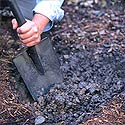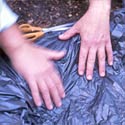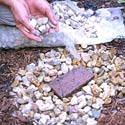Ginger Beef Stir Fry: "
Actually it was Ginger Venison Stir Fry. Our beef recipes become venison recipes since Mr Chiots is a hunter and we are lucky enough to have 3 deer in the freezer. During the winter we enjoy rich hearty venison stews and warming bowls of venison chili. In the summer I’m much happier eating a venison burger or stir fry. The great thing about stir fry is that you can use whatever vegetables you have in the garden. In the spring we’ll use sugar snap peas and garlic scapes, later in the summer it’ll be zucchini, carrots and onions. It’s quick and easy to whip up a stir fry.

Currently we’re harvesting those golden peas, green onions, kale and garlic scapes, so that’s what I’ve been using as vegetables in my stir fry. I was also lucky enough to find some lovely oyster mushrooms at the farmer’s market and I’m always happy to add those to just about anything.

GINGER BEEF STIR FRY
(adapted from Simply Recipes)
Sauce:
2 Tbsp apple cider vinegar or coconut water vinegar
5 Tbsp tamari or soy sauce (naturally fermented is best)
1 Tbsp honey
1 Tbsp peeled, grated fresh ginger
1 tsp red pepper flakes (less if you’re of delicate palate)
1 tsp freshly ground cumin (feel free to omit or substitute other spice)
(if you want a thicker sauce add a Tablespoon of corn starch as well)
Stir-fry:
3 Tbsp coconut oil or lard
1 – 1 1/2 lb steak cut into strips
2-3 cups mixed chopped vegetables of your choice: green onions, onions, mushrooms, asparagus, garlic scapes, sugar snap peas, carrots, zucchini, etc.
chopped fresh cilantro if desired
cooked rice or noodles for serving
Mix ingredients for sauce in a bowl and set aside.
Heat the oil in a large skillet (cast iron works best) over high heat. Working in batches, sauté beef until just brown outside but rare inside, about 1 minute, transfer to plate.
When all of the beef is cooked, add more oil to pan if necessary and stir fry the vegetables for a minute or two – until vegetables reach your preferred level of doneness. I usually add longer cooking vegetables first, and throw in green onions for the last 30 seconds or so. Return beef to pan. Add sauce and mix everything together. Cook for 1 minute. Mix in cilantro if desired.
Serve over freshly cooked rice or noodles. Should serve four people unless you’re super hungry. (rice is especially good if made with some virgin coconut oil so it has a slight coconut taste)

Nothing beats a quick stir fry with freshly harvested vegetables for a summer evening meal. The great thing about this dish is that you can substitute in other spices if you’d like. Things like coconut milk, ground coriander seeds, orange zest, various chiles and other spices would pair well with different kinds of vegetables and make the dish taste differently each time.
Do you have a go-to quick recipe for using fresh summer vegetables?

Related posts:
- Garlic Scapes
- Garlic Scapes
- Growing Ginger at Home

"
 Established in 2010, the Ballard Bee Company began with four hives in owner Corky Luster's yard in the Ballard neighborhood of Seattle. But what started as a hobby soon grew into a full-fledged business and he now has a series of hives throughout the neighborhood. The result is raw, unfiltered honey that is local not just to a specific region but to a specific neighborhood.
Established in 2010, the Ballard Bee Company began with four hives in owner Corky Luster's yard in the Ballard neighborhood of Seattle. But what started as a hobby soon grew into a full-fledged business and he now has a series of hives throughout the neighborhood. The result is raw, unfiltered honey that is local not just to a specific region but to a specific neighborhood.



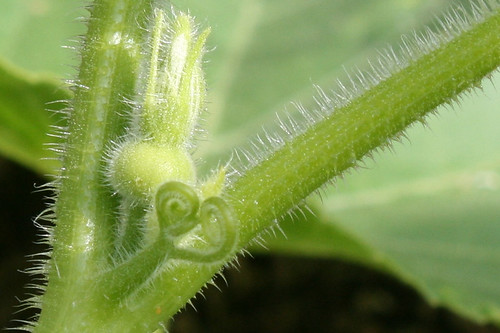



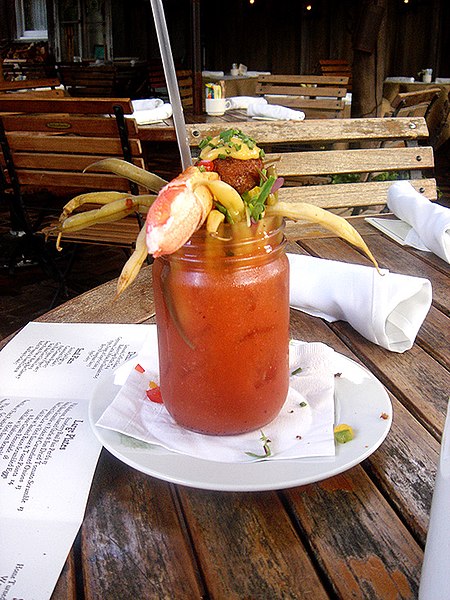
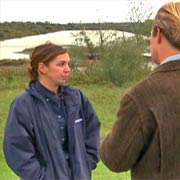 Becky Bright, Environmental Group Leader Subaru of Indiana Automotive, Inc. Lafayette, IN: Yeah, actually we have about 800 acres. Half of it's developed and the rest serves as part of our wildlife habitat.
Becky Bright, Environmental Group Leader Subaru of Indiana Automotive, Inc. Lafayette, IN: Yeah, actually we have about 800 acres. Half of it's developed and the rest serves as part of our wildlife habitat. 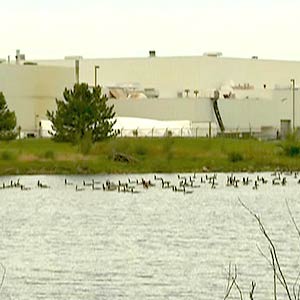 Becky: Yes, it does.
Becky: Yes, it does. 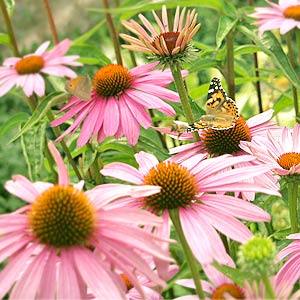 One of the pleasures I enjoy about a garden is watching all the wildlife that comes to visit. I am particularly fond of those little acrobats of the sky ? butterflies. They really bring a flower border to life as they flutter from bloom to bloom.
One of the pleasures I enjoy about a garden is watching all the wildlife that comes to visit. I am particularly fond of those little acrobats of the sky ? butterflies. They really bring a flower border to life as they flutter from bloom to bloom. 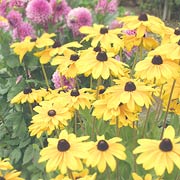 When it comes to host plants different varieties of butterfly larva have specific requirements. For instance the Painted Lady butterfly larva likes hollyhocks and sunflowers, but the Monarch prefers milkweed. Trying to appeal to every butterfly would require a large group of plants and to be honest, some of them are weedy. So narrow your selections to the ones that benefit the greatest number of larva. Host plants that feed several kinds of butterfly larva are parsley, milkweed and fennel. Others that are a little showier include Queen Anne's lace, false indigo, passionflower, asters and various kinds of sedum.
When it comes to host plants different varieties of butterfly larva have specific requirements. For instance the Painted Lady butterfly larva likes hollyhocks and sunflowers, but the Monarch prefers milkweed. Trying to appeal to every butterfly would require a large group of plants and to be honest, some of them are weedy. So narrow your selections to the ones that benefit the greatest number of larva. Host plants that feed several kinds of butterfly larva are parsley, milkweed and fennel. Others that are a little showier include Queen Anne's lace, false indigo, passionflower, asters and various kinds of sedum. 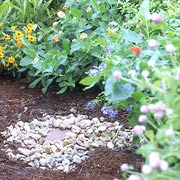 Butterfly Sun Deck
Butterfly Sun Deck